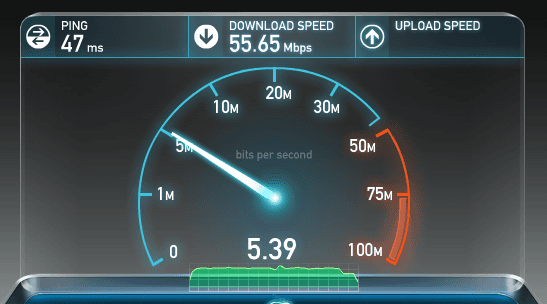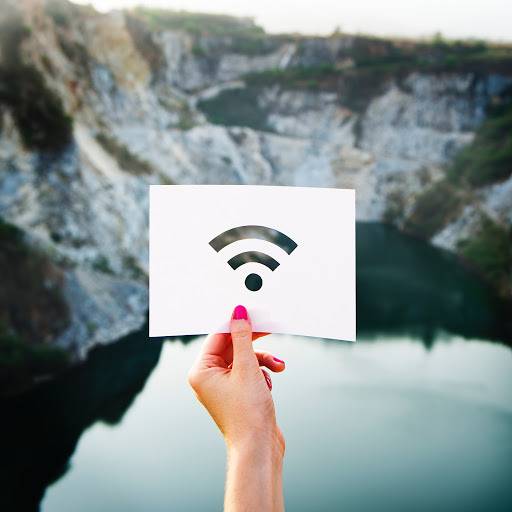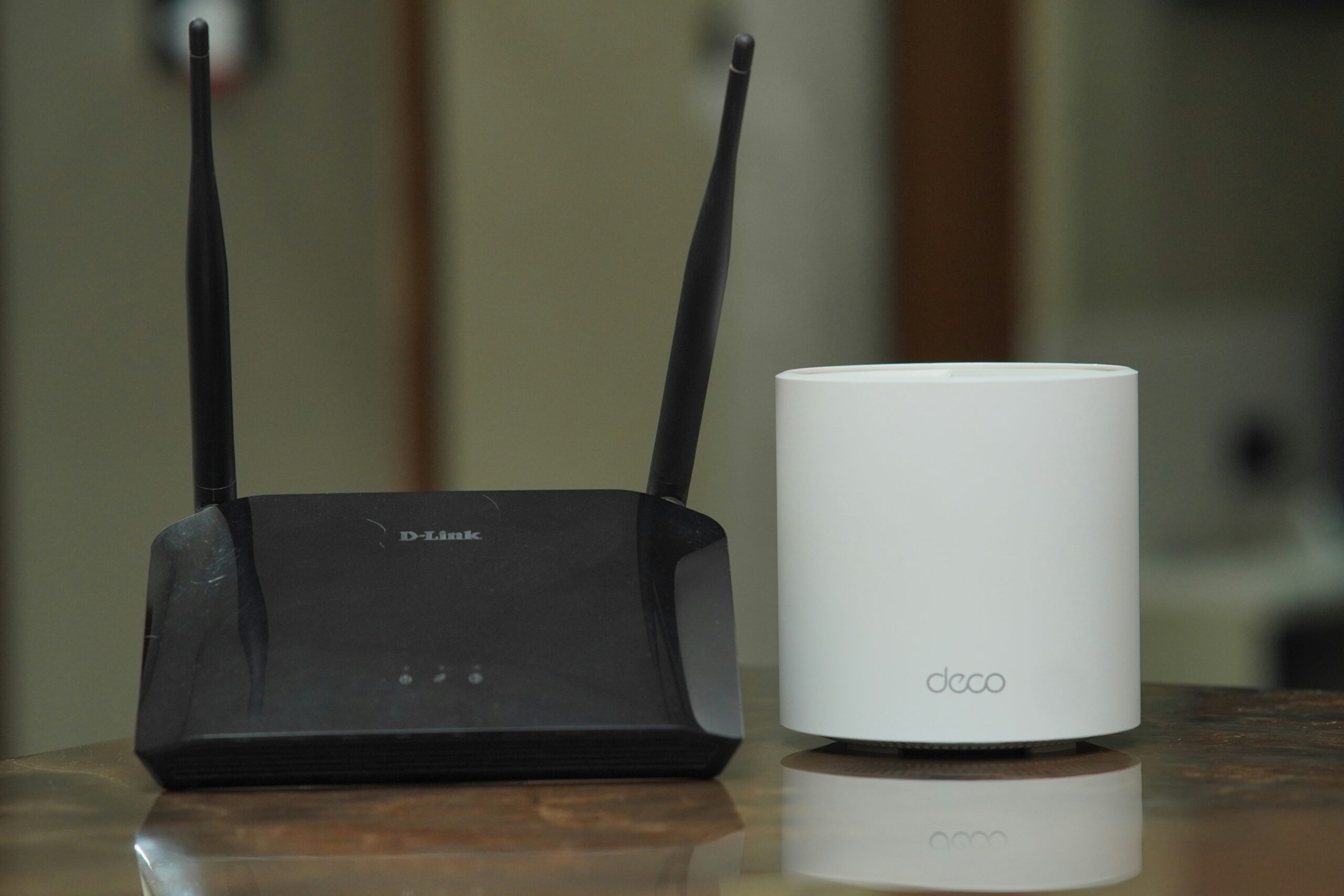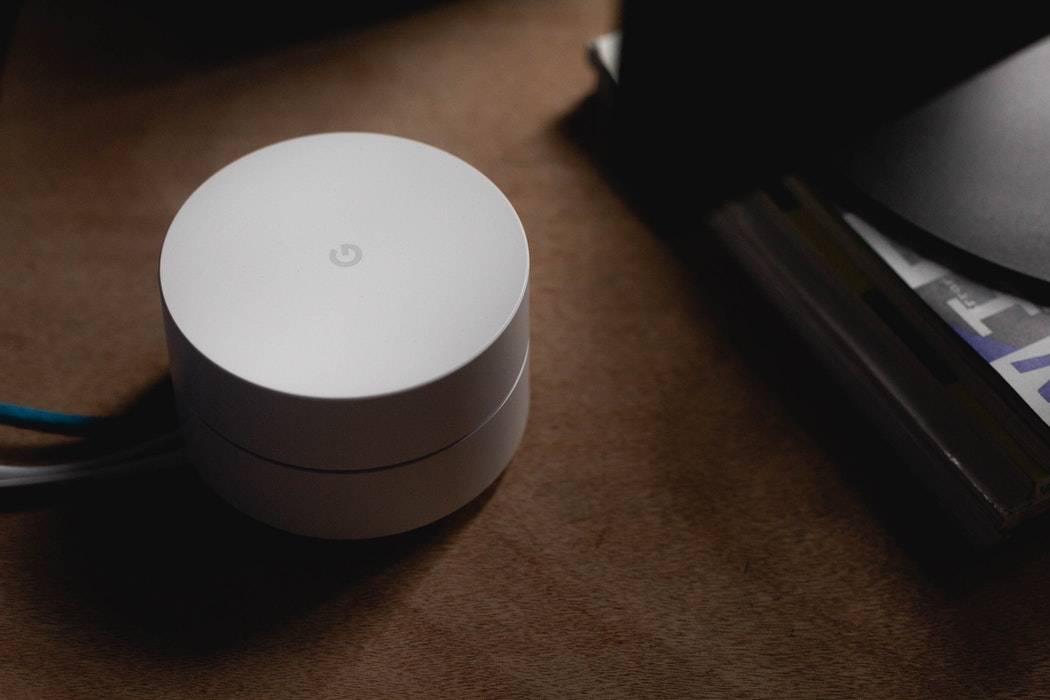Ever feel like your favorite show has more cliffhangers from buffering than from the actual plot? You’re not alone. Internet Service Providers love to sell the dream of “lightning fast” internet—but sometimes it’s more like inching along in a traffic jam. So, is paying extra for internet speeds really worth it?
Run a Speed Test Before You Pay More
Nerds love data, so here’s a pro tip: head to speedtest.net. Run the test a few times a day. If you’re supposed to get 100 Mbps and you’re consistently clocking 20, upgrading won’t help much. You’re not stuck in the “slow lane” because your plan isn’t big enough—you’re stuck because your provider isn’t delivering.
Don’t Let Your Own Network Be the Villain
Sometimes the culprit isn’t your ISP—it’s your setup:
- Old router: That dusty box from 2012 may not even speak gigabit.
- WiFi freeloaders: Neighbors sneaking onto your network can eat up your bandwidth like it’s free pizza. Protect it with a strong password.
- Too many devices: If your kids are gaming, your spouse is on Zoom, and you’re trying to stream, your bandwidth gets “throttled” inside your own home.
Want faster internet at home?
Before paying extra for internet speeds, check whether your gear is the real bottleneck.
The Fine Print: What ISPs Really Promise
When you see an internet plan advertised at 100 Mbps, 300 Mbps, or even a gigabit, that number almost always comes with an important qualifier: “up to.” This means the speed you’re paying for is the theoretical maximum, not what you’ll consistently get.
Here’s what to keep in mind before paying extra for internet speeds:
- Shared bandwidth: Every device on your network splits the available bandwidth. A 300 Mbps plan won’t feel like 300 Mbps if it’s divided between multiple TVs streaming 4K, game consoles, laptops, and smart devices all at once.
- Guaranteed vs. advertised speed: ISPs typically guarantee only a minimum speed, and it’s often much lower than the flashy number on the billboard. The details are tucked away in the fine print.
- Temporary boosts: Some customers who call to complain about slow speeds report a short-term fix, but speeds often slide back down during busy hours.
- Network congestion: During peak times, your provider may prioritize or throttle traffic, which means your “up to” speeds take another hit.
The bottom line: paying extra for internet speeds doesn’t always mean you’ll experience extra speed. Unless your provider can consistently deliver what they advertise—and your home network is set up to handle it—you may not see much improvement.
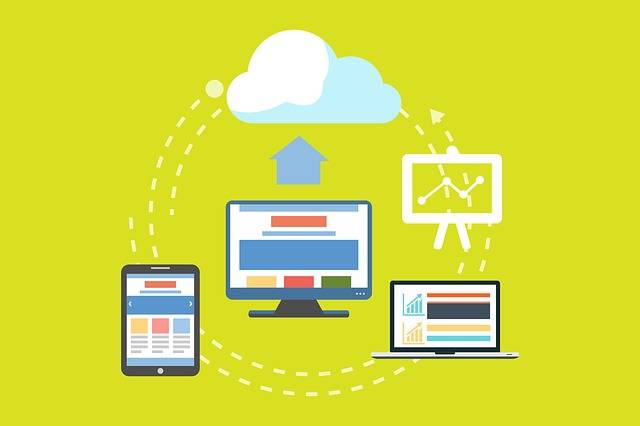
Data Caps and Throttling
ISPs love to sell “Blast” or “Turbo” tiers that sound amazing—until you hit the data cap. Then they slow you down anyway. Paying extra for internet speeds doesn’t matter if you get throttled once you binge-watch a season (or three) of your favorite show.
When Paying More Is Worth It
Upgrading does make sense if:
- You’ve got a full house with multiple 4K streams, gamers, and work-from-home video calls happening at once.
- You regularly upload or download large files.
- Your equipment is modern and can actually handle the speeds you’re paying for.
When It’s Just a Waste
If you mostly check email, shop online, or stream a show here and there, you won’t notice a difference with a top-tier plan. In fact, paying extra for internet speeds in that case is like buying a race car for a trip around the block.
The Bottom Line
Before upgrading, test your current speed, check your equipment, and—most importantly—read the fine print. Sometimes the problem is the provider overselling, sometimes it’s your own router, and sometimes it’s just too many people watching Netflix at once.
The truth? Paying extra for internet speeds often won’t fix the problem—and may leave you paying more for the same old buffering. For more Nerd tips, tricks, and the latest in tech culture, be sure to like us on Facebook, follow us on Twitter and contact us if you need internet help!
